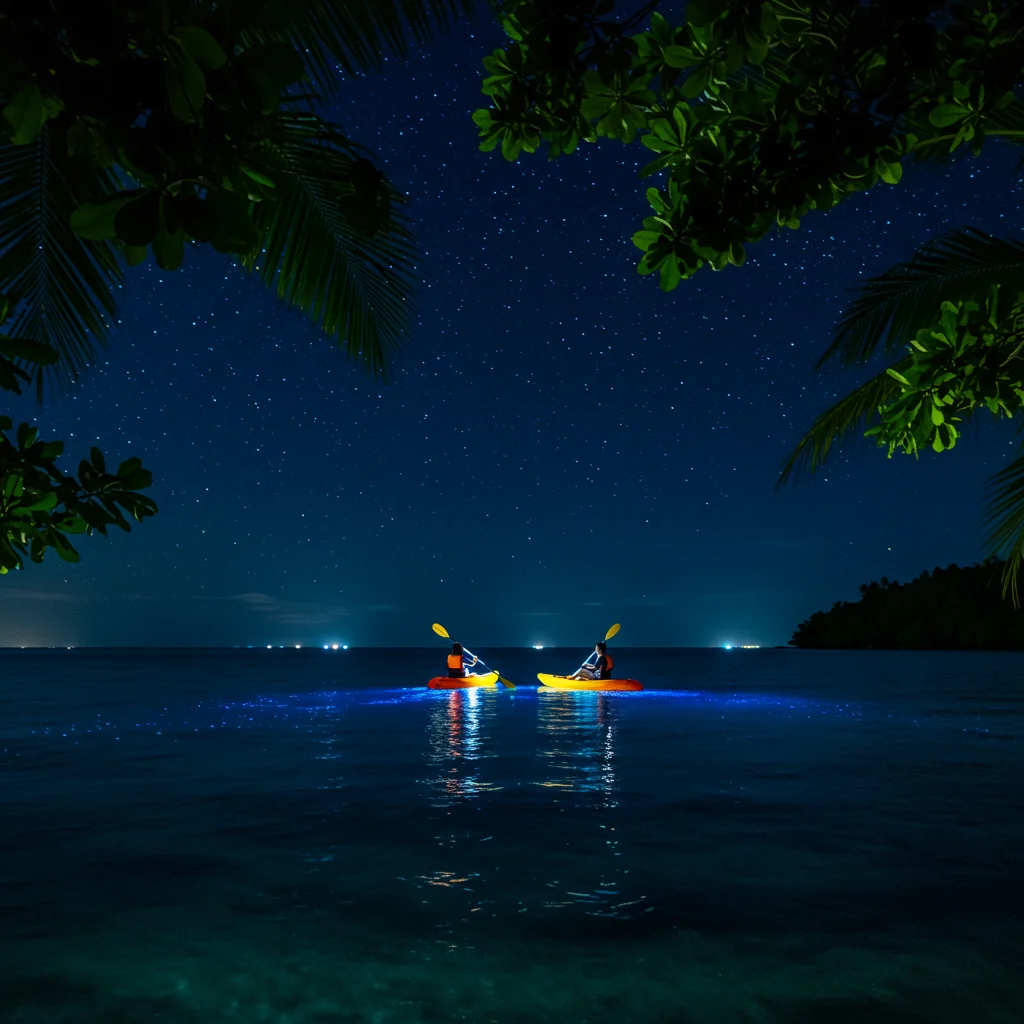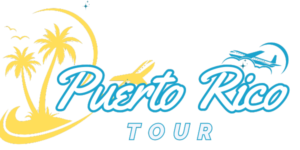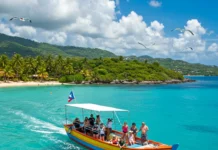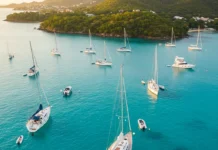Introduction: Why Explore Puerto Rico’s Bioluminescent Bays?
Few natural spectacles compare to the breathtaking glow of Puerto Rico’s bioluminescent bays. These rare coastal treasures offer an extraordinary opportunity to witness living waters illuminate the night with a celestial blue-green shimmer. For travelers seeking wonder and a deeper connection to nature, venturing out onto these glowing bays is an experience that leaves an indelible mark.
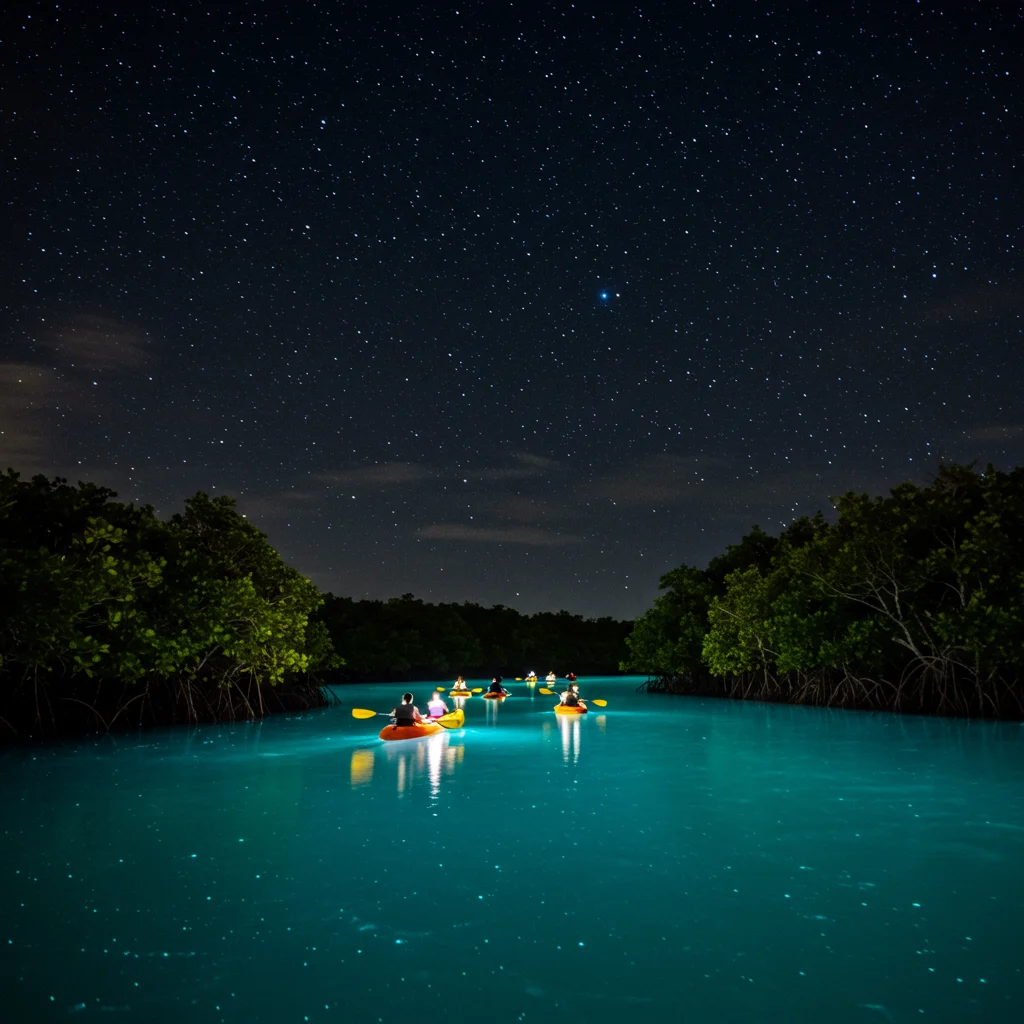
Whether you are an adventurer, a nature lover, or a curious traveler, the bioluminescent bays of Puerto Rico invite us to witness a phenomenon that feels almost otherworldly. The sensation of paddling or boating through water that sparkles beneath your touch is both humbling and exhilarating—a true highlight of any Caribbean journey.
What Is a Bioluminescent Bay?
A bioluminescent bay is a rare coastal lagoon or bay where microscopic organisms emit light when disturbed. This natural “glow” transforms the dark water into a radiant tapestry of flickering blue, creating a magical nighttime spectacle.
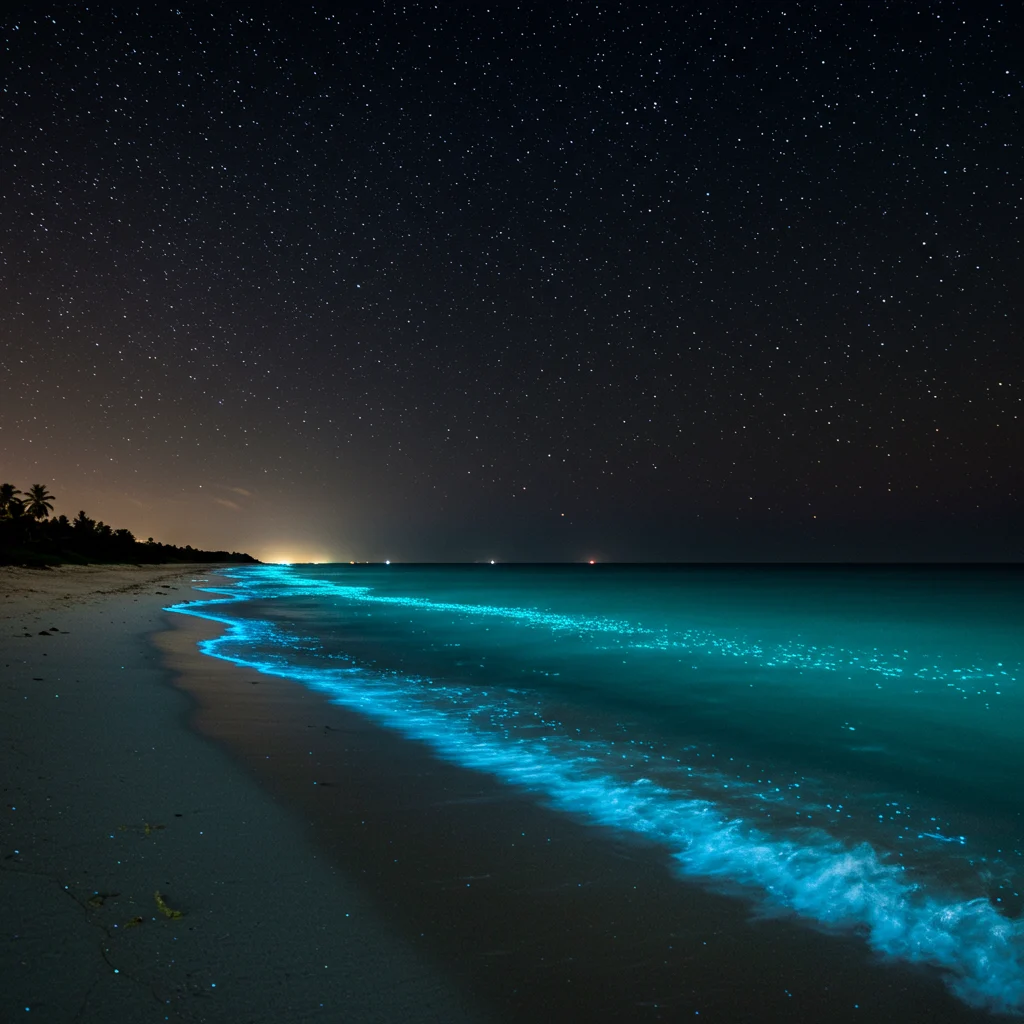
Puerto Rico is home to three of the world’s most remarkable bioluminescent bays, each offering a unique blend of science, mystery, and beauty.
How Does Bioluminescence Work?
Bioluminescence is the production and emission of light by living organisms. In these bays, the phenomenon is most visible at night, when the water is agitated by paddles, hands, or even fish swimming below the surface.
The Science Behind the Glow
The glow is the result of a chemical reaction involving a molecule called luciferin, the enzyme luciferase, oxygen, and other substances. When these components interact within the organism, energy is released as visible light. The brilliance of this spectacle can be mesmerizing, especially when witnessed in complete darkness.
What Organisms Create the Light?
The primary architects of this radiance are dinoflagellates—single-celled plankton that emit light when disturbed. In Puerto Rico, the species Pyrodinium bahamense is responsible for the vivid blue-green glow. In addition, some bays also contain tiny jellyfish and other bioluminescent creatures that contribute to the effect.
Why Are Bioluminescent Bays So Rare?
These bays require a delicate balance of factors: warm temperatures, shallow waters, limited ocean exchange, and abundant nutrients. Only a handful of locations worldwide meet these criteria, making Puerto Rico’s trio of bioluminescent bays exceptionally special.
Where Are Puerto Rico’s Bioluminescent Bays Located?
Puerto Rico boasts three celebrated bioluminescent bays, each in a distinct region of the island. Their locations shape the type of experience visitors can expect, from remote island adventures to easily accessible excursions.
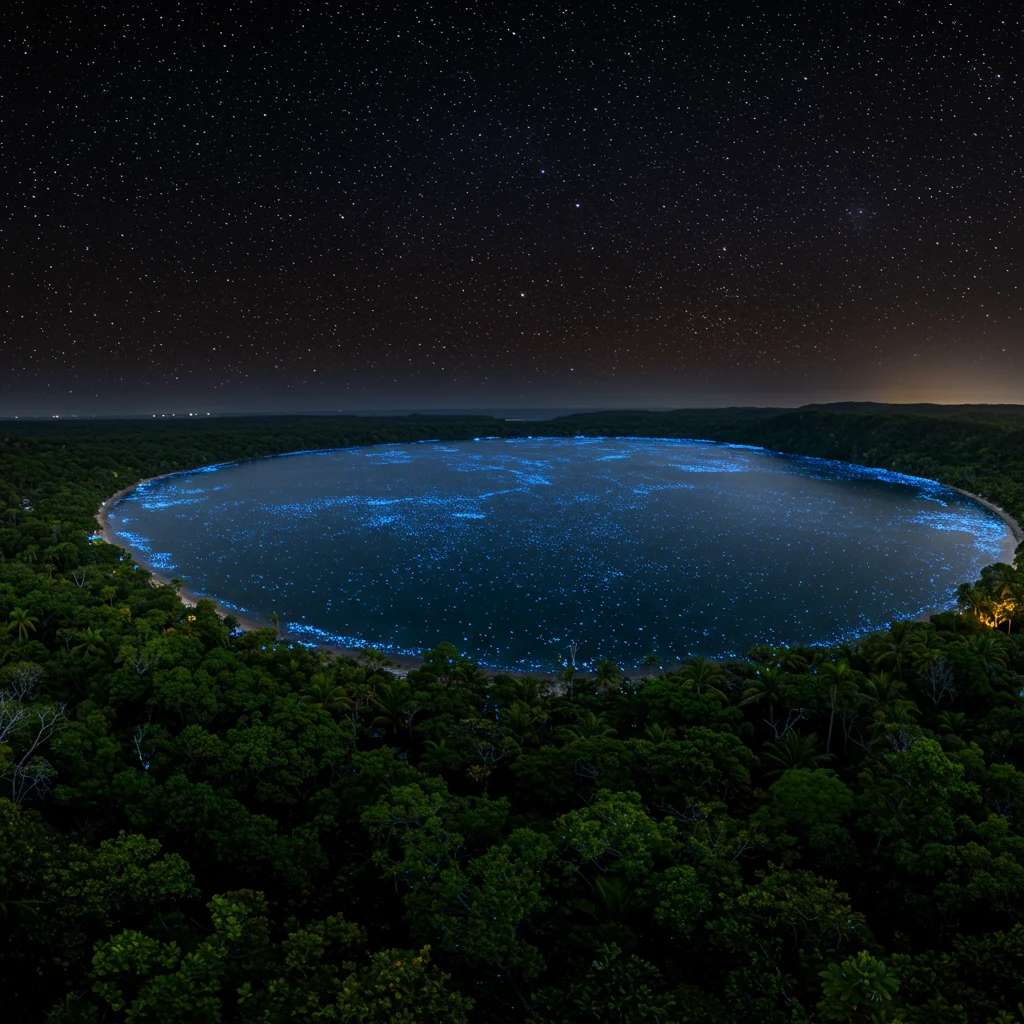
Mosquito Bay, Vieques: The Brightest Bioluminescent Bay
Mosquito Bay on Vieques Island is recognized by the Guinness Book of World Records as the brightest bioluminescent bay on Earth. Its intense blue glow is legendary, attributed to an exceptionally high concentration of dinoflagellates. The setting is remote and serene, with calm waters and a star-studded sky enhancing the enchantment.
Laguna Grande, Fajardo: The Most Accessible Bay
Laguna Grande in Fajardo is prized for its proximity to San Juan and ease of access. Visitors can reach this bay via a short drive and enjoy guided nighttime kayaking tours through a narrow mangrove channel that opens into the glowing lagoon. The convenience makes it a favorite for families and those with limited time.
La Parguera, Lajas: The Only Swimmable Bay
La Parguera in Lajas offers a unique twist—here, visitors may swim in the bioluminescent waters, creating a personal connection with the gentle glow. The laid-back fishing village atmosphere and the option for boat tours or swimming make La Parguera a distinctive stop in southwestern Puerto Rico.
How to Choose the Right Bay for Your Adventure
Selecting the ideal bioluminescent bay depends on your travel style, interests, and itinerary. Each bay offers a special encounter with nature, but certain factors may influence your decision.
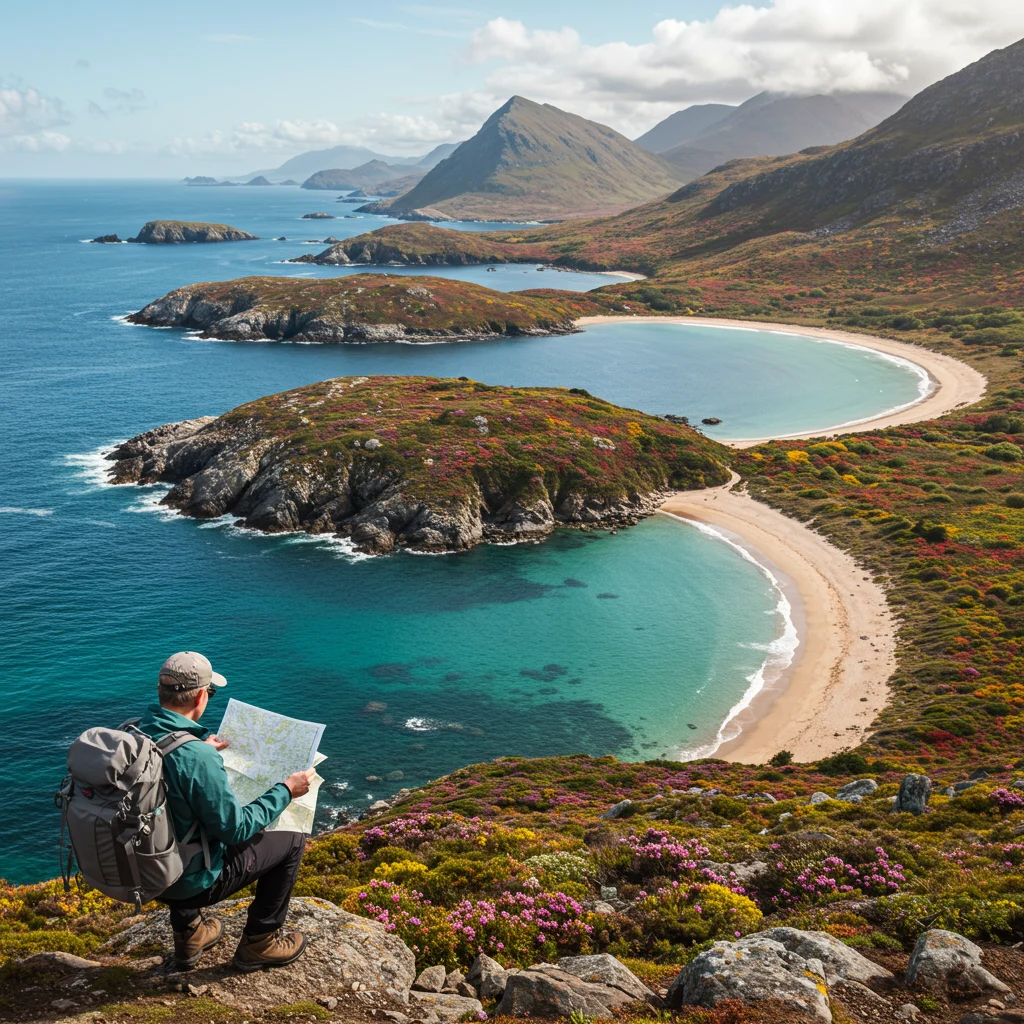
Comparing the Three Bays: Key Differences
Mosquito Bay dazzles with its intensity, Laguna Grande attracts with accessibility, and La Parguera invites with the chance to swim. Consider whether you prioritize brightness, convenience, or unique activities when making your choice. For a deeper look at what it’s like to experience these magical waters, you can read about the unexpected joy found in the middle of bioluminescent bay Puerto Rico.
Accessibility and Travel Logistics
Laguna Grande is easiest to reach from San Juan, making it suitable for quick trips or family outings. Mosquito Bay, on Vieques, requires a ferry or small plane but rewards travelers with unparalleled brightness. La Parguera, while farther from San Juan, is accessible by car and is the only bay where swimming is permitted.
Best Times of Year to Visit Each Bay
While the bays glow year-round, the dry season (December to April) offers the clearest conditions and most comfortable weather. Avoiding periods of heavy rain and planning around the new moon will maximize your chances of seeing the brightest glow.
Planning Your Bioluminescent Bay Experience
Careful planning enhances the wonder and ease of your visit. Consider timing, tour options, and what to bring so you can focus on the experience itself.

When Is the Best Time to See the Bioluminescence?
The best nights are those with minimal moonlight and clear skies. The darkness amplifies the brilliance of the glowing water, creating an unforgettable spectacle.
How Does the Moon Phase Affect Visibility?
Avoid trips during the full moon, as its brightness can reduce the perceived intensity of the bioluminescence. Schedule your visit around the new moon for the most dramatic effect.
What About Weather and Seasonal Factors?
Heavy rain or strong winds can stir up sediment and cloud the water, diminishing visibility. Dry, calm nights are ideal. While the phenomenon occurs year-round, weather patterns can influence your experience.
How to Book a Bioluminescent Bay Tour
Booking a guided tour is the safest and most informative way to experience the bays. Licensed operators provide equipment, safety briefings, and expert guides who share insights about the ecosystem.
Types of Tours Available
Visitors can choose from kayak tours, electric boat tours, and, in La Parguera, swimming excursions. Each offers a unique vantage point and level of intimacy with the glowing waters. If you are curious about the magic of boat tours, you can learn more about bioluminescent bay boat tours.
What to Expect During a Guided Tour
Most tours begin after sunset with an introduction to the science and history of the bay. Guides lead small groups onto the water, where the glow becomes visible as the darkness deepens. The sensation of gliding through sparkling water under a canopy of stars is unforgettable.
How to Choose a Responsible Tour Operator
Look for operators who prioritize environmental stewardship, limit group sizes, and use eco-friendly equipment. Responsible operators help protect the fragile ecosystem while enhancing your understanding and appreciation of the bay.
What to Pack for Your Bioluminescent Bay Adventure
Preparation is key to enjoying your night on the water. Pack light, but bring essentials for safety and comfort.
Essential Gear and Clothing
Wear lightweight, quick-drying clothing and secure footwear. Bring insect repellent, water, and a waterproof bag for valuables. A light rain jacket can be helpful in case of showers.
What Not to Bring
Avoid using sunscreen, lotions, or insect repellents containing chemicals that can harm the delicate bay ecosystem. Do not bring flashlights or bright lights, as these disrupt the viewing experience.
Tips for Photographing the Bioluminescence
Capturing the glow on camera is challenging. Use a camera with manual settings, a tripod, and a long exposure. Turn off flashes and minimize artificial light. Sometimes, the most vivid memories are those seen with the naked eye.
Getting to Puerto Rico’s Bioluminescent Bays
Reaching each bay requires different transportation strategies, depending on your starting point and chosen destination.
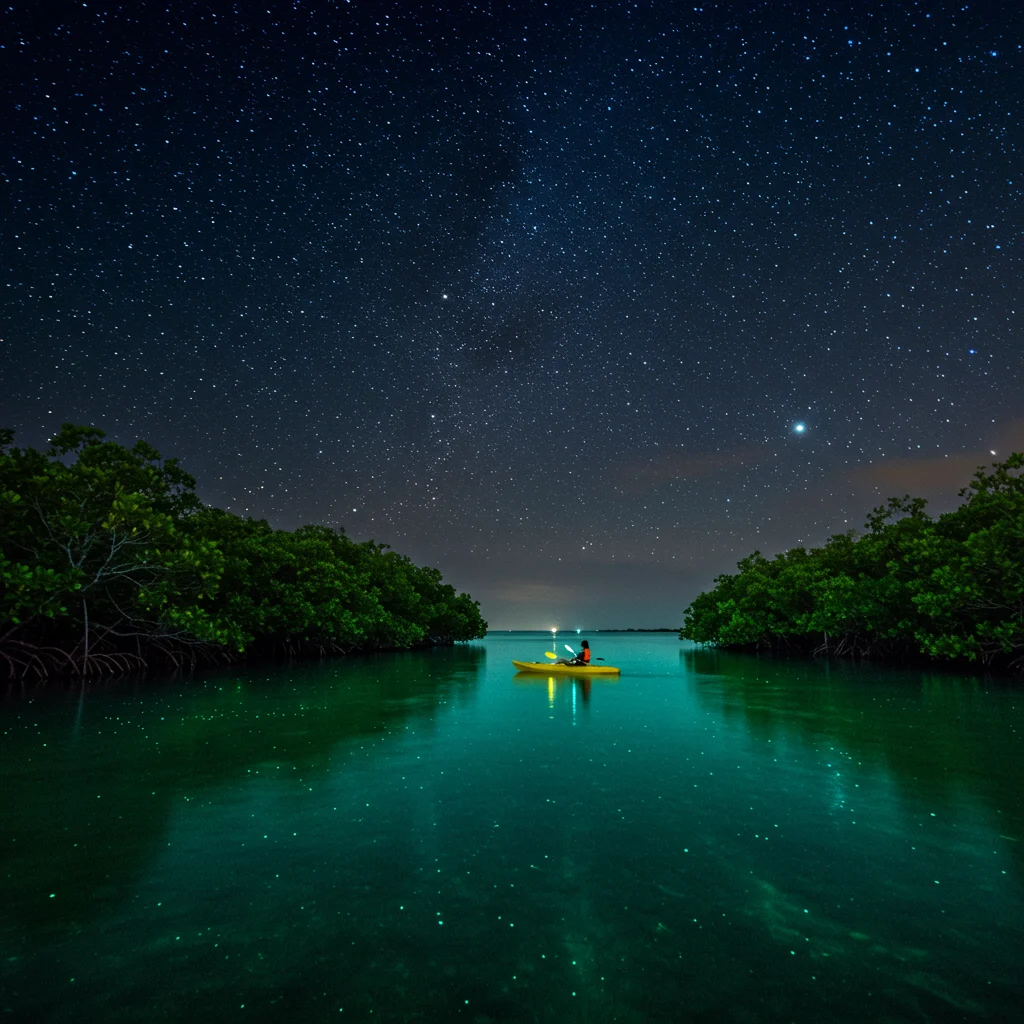
Transportation Options from San Juan
To reach Laguna Grande or La Parguera, rental cars and guided shuttles are popular choices. For those heading to Vieques, ferry services and small aircraft connect San Juan to the island. Each option offers a different blend of convenience and adventure.
How to Reach Vieques and Mosquito Bay
From the main island, ferries depart from Ceiba, while small planes fly from San Juan or Isla Grande airports. Upon arrival in Vieques, taxis or rental vehicles can transport you to Mosquito Bay.
Traveling to Laguna Grande in Fajardo
Laguna Grande is an easy drive from San Juan, with most visitors reaching Fajardo in under two hours. Parking and tour meeting points are clearly marked. Many tours provide transportation for added ease.
Visiting La Parguera in Lajas
La Parguera is located on the southwest coast, about a two-hour drive from San Juan. Local guesthouses and tour operators cater to visitors seeking a relaxed, village atmosphere and the rare opportunity to swim in glowing waters.
What to Expect During Your Visit
Arriving at a bioluminescent bay is an adventure in itself. From check-in to paddling onto the water, every step heightens anticipation for the spectacle to come.
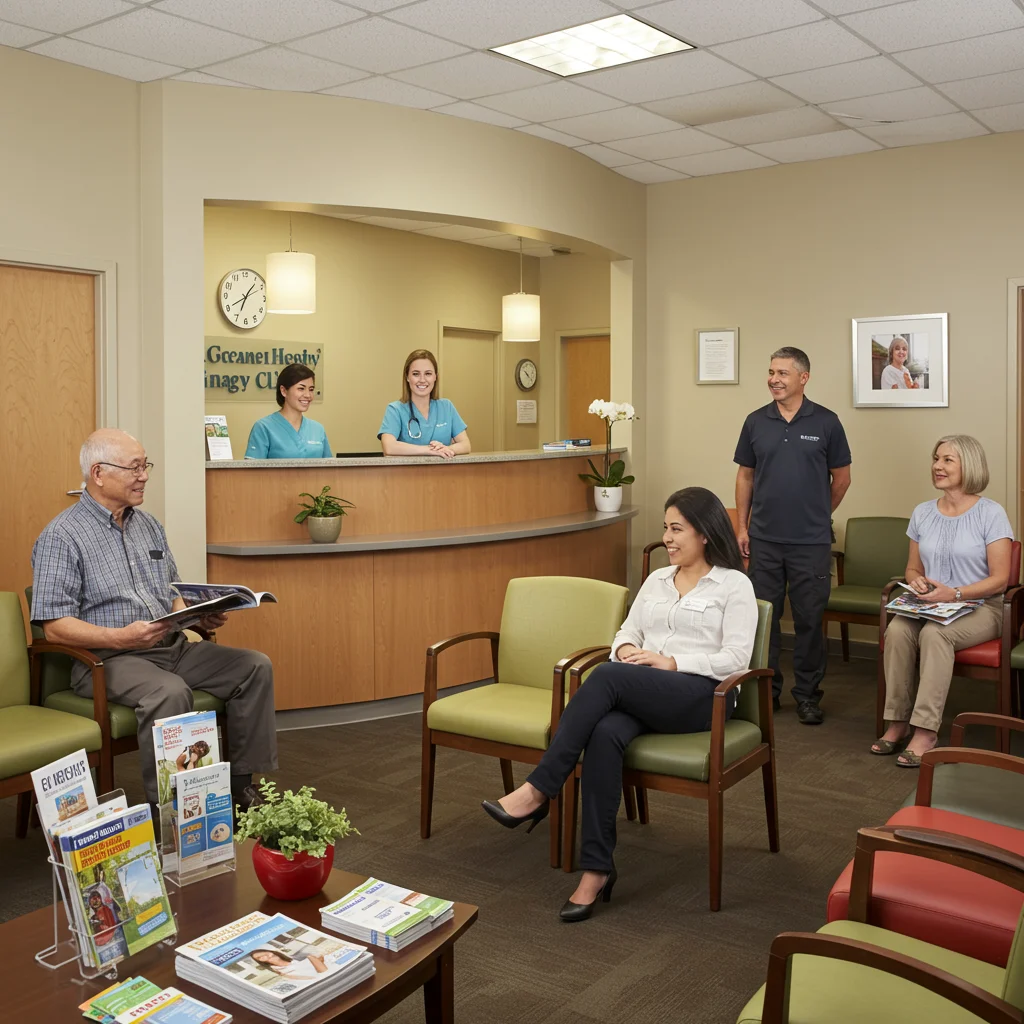
Arrival and Check-in Procedures
Most tours require advance booking and recommend arriving early for orientation. Guides provide safety instructions, distribute gear, and answer questions before leading groups to the water’s edge.
Safety Guidelines and Rules
Respect for the environment and fellow visitors is paramount. Follow your guide’s instructions, avoid touching wildlife, and leave no trace. Many operators prohibit sunscreen and insect repellent to protect water quality.
Kayaking vs. Boat Tours: Which Is Better?
Kayaking offers a quiet, immersive experience—ideal for those seeking a sense of solitude and direct contact with the glowing water. Boat tours provide comfort and stability, making them suitable for families and those less comfortable paddling at night. For insights on the pleasures of night kayaking, you may find inspiration in our post about unexpected delights on your next bioluminescent night kayaking Puerto Rico.
Can You Swim in the Bioluminescent Bays?
Swimming is permitted only in La Parguera. The sensation of your body surrounded by shimmering light is both surreal and exhilarating. In Mosquito Bay and Laguna Grande, swimming is prohibited to protect the fragile ecosystem.
The Experience: What Does It Feel Like to See the Glow?
Witnessing bioluminescence is a multisensory experience. The gentle lapping of water, the chorus of night creatures, and the sudden burst of blue with every paddle stroke create a profound sense of awe. As one expert guide observes:
“There is nothing quite like running your hand through the water and watching it ignite with living light—each movement a reminder of the ocean’s hidden wonders.”
The feeling lingers long after you leave the bay, a memory of nature’s quiet brilliance.
How to Maximize Your Bioluminescent Bay Experience
Preparation and mindfulness allow us to fully appreciate the spectacle while minimizing our impact on the ecosystem.
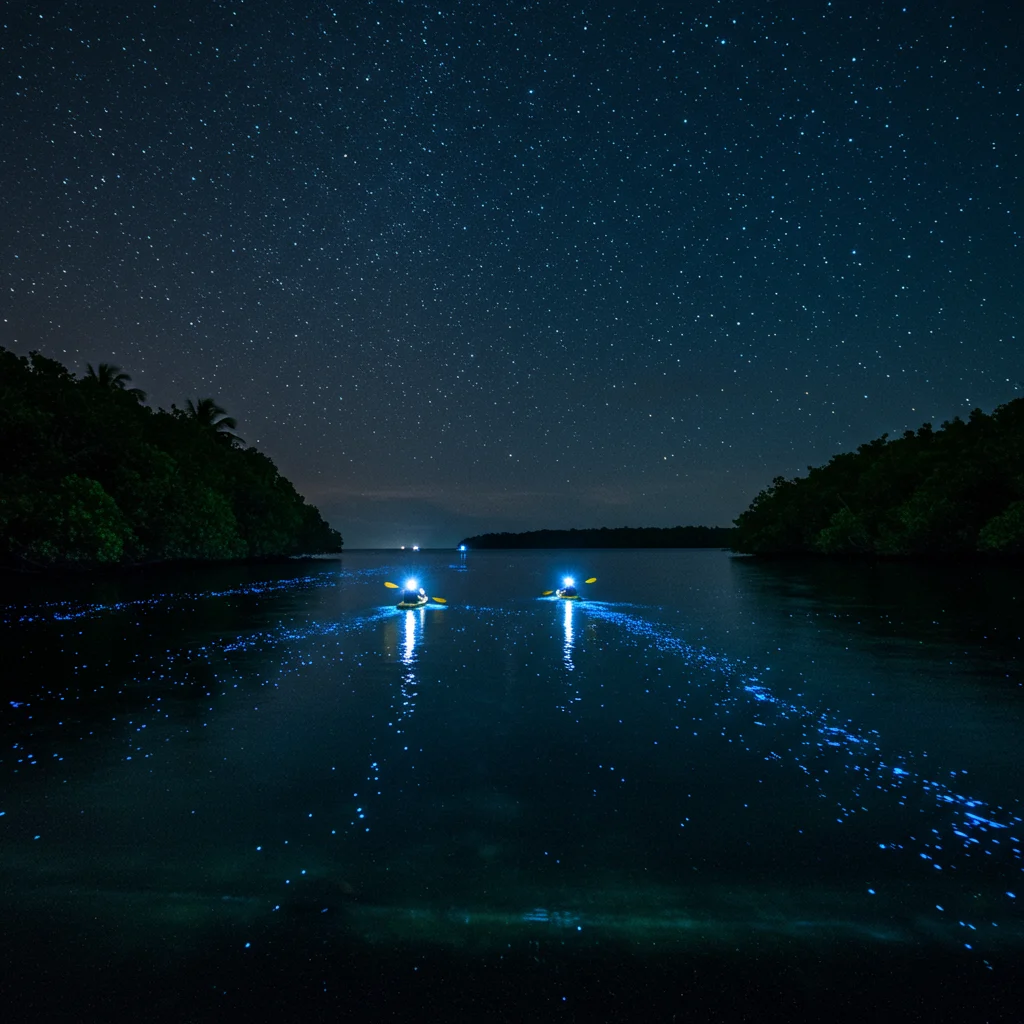
Tips for First-Time Visitors
- Book your tour for a night with minimal moonlight.
- Wear comfortable, dark-colored clothing to blend with the environment.
- Listen carefully to your guide’s instructions.
- Allow your eyes to adjust to the darkness for the best view.
How to Respect and Protect the Ecosystem
The bays are fragile sanctuaries. Our actions play a vital role in preserving their beauty for future generations.
What Should You Avoid Doing in the Bays?
Do not litter, disturb wildlife, or use chemicals that can harm marine life. Avoid loud noises and bright lights, which can disrupt both the organisms and the experience for others.
Eco-Friendly Practices for Visitors
Choose tour operators who use non-motorized boats or electric motors. Leave no trace, pack out all belongings, and support local conservation efforts. Simple actions help ensure that the glow continues for years to come. For a deeper understanding of bioluminescence and responsible travel, you can explore the magic of bioluminescence in Puerto Rico’s waters.
The Cultural and Historical Significance of the Bays
Beyond their natural beauty, the bioluminescent bays are woven into the cultural and historical fabric of Puerto Rico. They have inspired legends, art, and a sense of island identity.
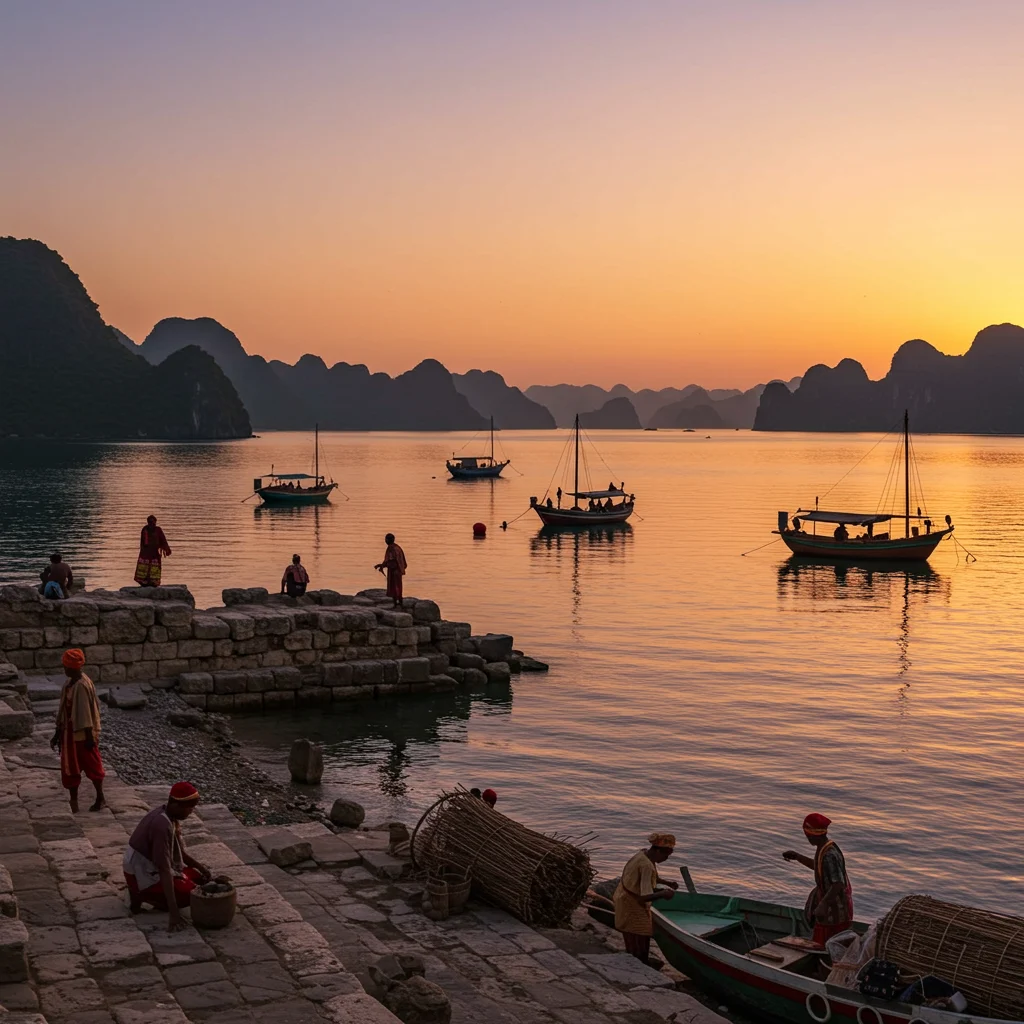
Local Legends and Folklore
Stories abound of mystical creatures and ancient spirits inhabiting the glowing waters. Passed down through generations, these legends reflect a deep respect for nature’s mysteries and the enduring allure of the bays.
The Importance of the Bays to Puerto Rican Identity
The bioluminescent bays are a source of pride and wonder for Puerto Ricans. They symbolize the island’s unique biodiversity and serve as a reminder of the need to protect fragile ecosystems. The bays also play a vital role in supporting local economies through sustainable tourism.
How Are the Bays Protected and Conserved?
Safeguarding the bioluminescent bays requires collaboration between government agencies, scientists, and local communities. Conservation efforts are ongoing and vital.
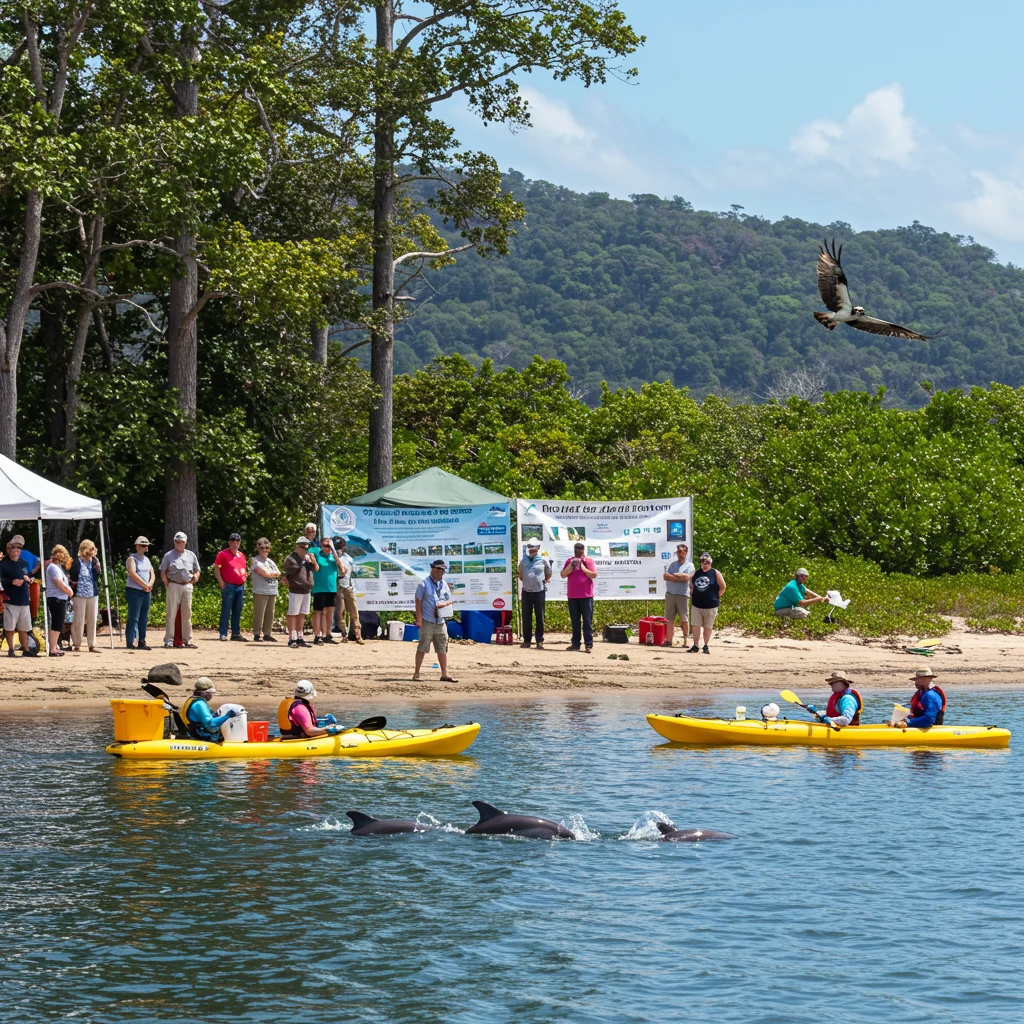
Conservation Efforts and Challenges
Programs focus on monitoring water quality, regulating tourism, and restoring mangrove habitats. Challenges include pollution, overuse, and climate change, all of which threaten the delicate balance required for bioluminescence.
The Role of Local Communities
Local residents are stewards of the bays, leading educational initiatives and advocating for sustainable practices. Their knowledge and passion are essential to the bays’ preservation and to sharing their magic with visitors.
How Can Tourists Help Preserve the Bays?
Visitors can support conservation by choosing responsible tour operators, following guidelines, and spreading awareness about the importance of protecting these extraordinary places. Every mindful action contributes to the longevity of the bays.
Frequently Asked Questions About Bioluminescent Bays
We often receive questions from travelers eager to experience the glow. Here are some of the most common inquiries and our expert answers.

Is It Safe to Visit the Bioluminescent Bays?
Yes, visiting the bays is generally safe when you join a reputable tour operator. Guides are trained in safety procedures and provide instructions to ensure a smooth experience for all participants.
Are Children Allowed on Tours?
Many tours welcome children, though age restrictions may apply for kayaking or swimming trips. Always check with your chosen operator to confirm age requirements and safety protocols.
Can You Visit the Bays Without a Tour?
Access to the bays is regulated to protect the environment. Guided tours are strongly recommended and, in many cases, required. They enhance the experience and help safeguard the ecosystem.
What Makes Puerto Rico’s Bays Unique Compared to Others Worldwide?
Puerto Rico is the only place in the world with three year-round, highly active bioluminescent bays. Their brightness, accessibility, and cultural significance set them apart from similar sites elsewhere. For a personal perspective on what makes a night on the bay so memorable, you might enjoy reading about a night to remember in Puerto Rico’s bioluminescent bay.
Nearby Attractions and Things to Do Before or After Your Tour
Many travelers combine their bay visit with other local experiences, making the most of their time in Puerto Rico’s scenic regions.
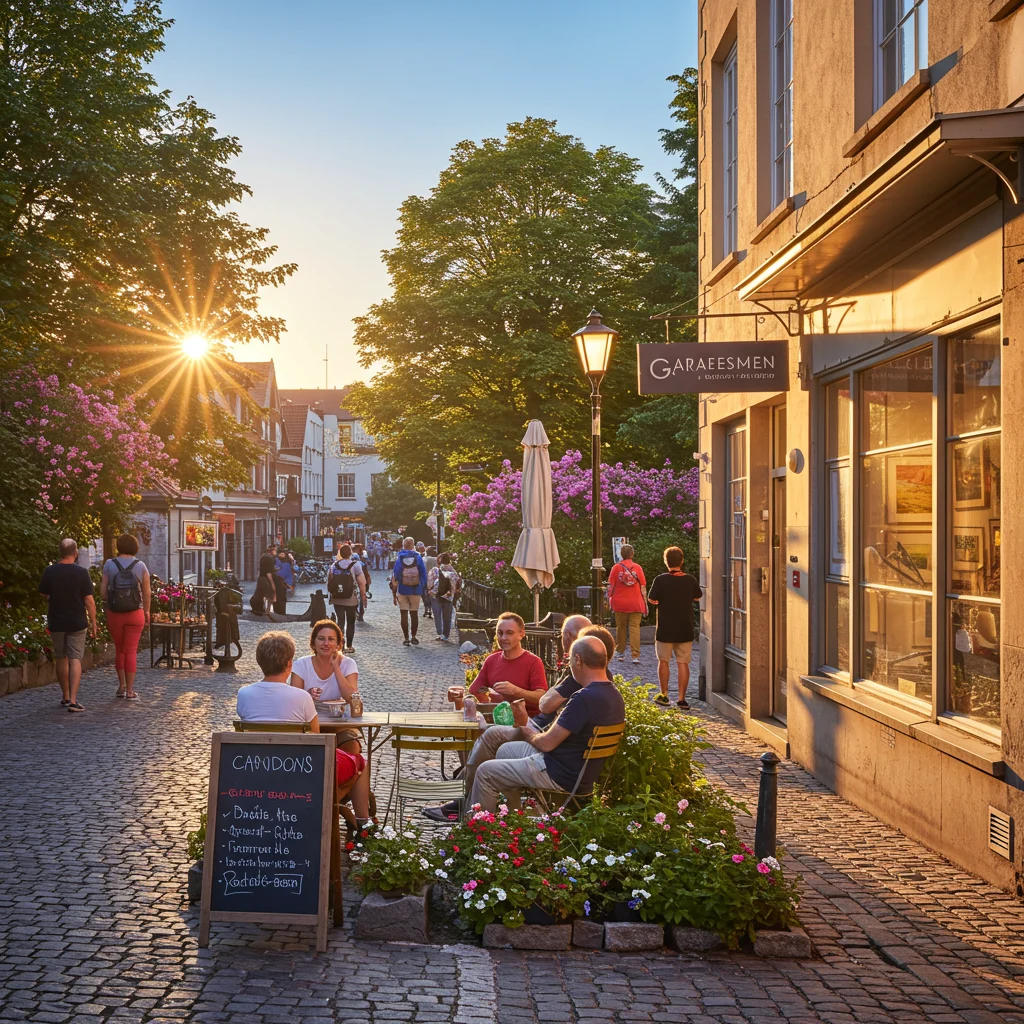
Where to Eat Near Each Bay
In Fajardo and Lajas, waterfront restaurants serve fresh seafood and Puerto Rican specialties, providing the perfect setting to reflect on your adventure. Vieques offers a range of options, from casual beachside cafés to upscale dining with ocean views.
Other Natural Wonders in Puerto Rico
Consider visiting El Yunque National Forest, the Camuy River Cave Park, or the island’s pristine beaches. These sites offer diverse landscapes and complement the magic of the bioluminescent bays.
Best Places to Stay Near the Bioluminescent Bays
Accommodations near each bay range from charming guesthouses to eco-friendly retreats, catering to every taste and budget.

Recommended Hotels and Guesthouses
In Fajardo and Lajas, family-run inns and boutique hotels provide comfort and local hospitality. Vieques features a variety of options, from beachfront resorts to cozy B&Bs, all within easy reach of Mosquito Bay.
Eco-Lodges and Sustainable Accommodations
Eco-lodges near the bays offer the chance to stay close to nature while minimizing your environmental footprint. These properties often support conservation efforts and provide unique insights into the region’s ecology.
Travel Tips for a Memorable Bioluminescent Bay Trip
Thoughtful preparation helps you make the most of your adventure, ensuring comfort and safety throughout your journey.
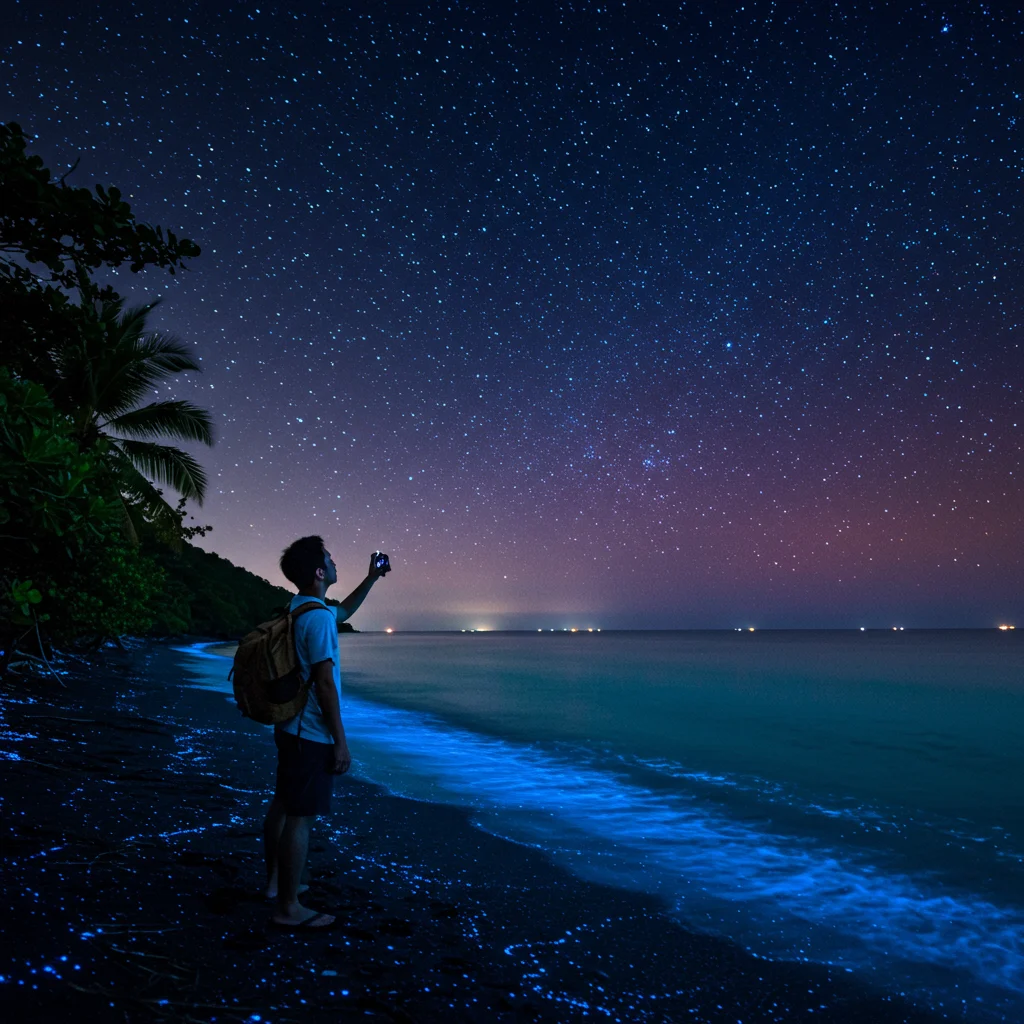
How to Prepare for Nighttime Adventures
Rest up before your tour and eat a light meal. Wear dark, lightweight clothing, and bring only what you need. Arrive early to allow time for orientation and to settle into the nighttime atmosphere.
Staying Safe and Comfortable During Your Visit
Follow your guide’s instructions, stay with your group, and move cautiously on docks and in boats. Bring a reusable water bottle and avoid unnecessary electronics or valuables.
Making the Most of Your Puerto Rico Vacation
Combine your bioluminescent bay visit with other activities that highlight the island’s rich culture and natural beauty. Each experience adds a new layer of appreciation for Puerto Rico’s diversity.
Conclusion: Why the Bioluminescent Bays of Puerto Rico Should Be on Your Bucket List
Witnessing the radiant dance of light in Puerto Rico’s bioluminescent bays is an experience that stirs the soul and inspires awe. These glowing waters invite us to connect with nature’s mysteries, support conservation, and create lifelong memories under the Caribbean night sky. For those planning their journey, Puerto Rico Tour offers expert guidance and resources to help you make the most of this extraordinary adventure.
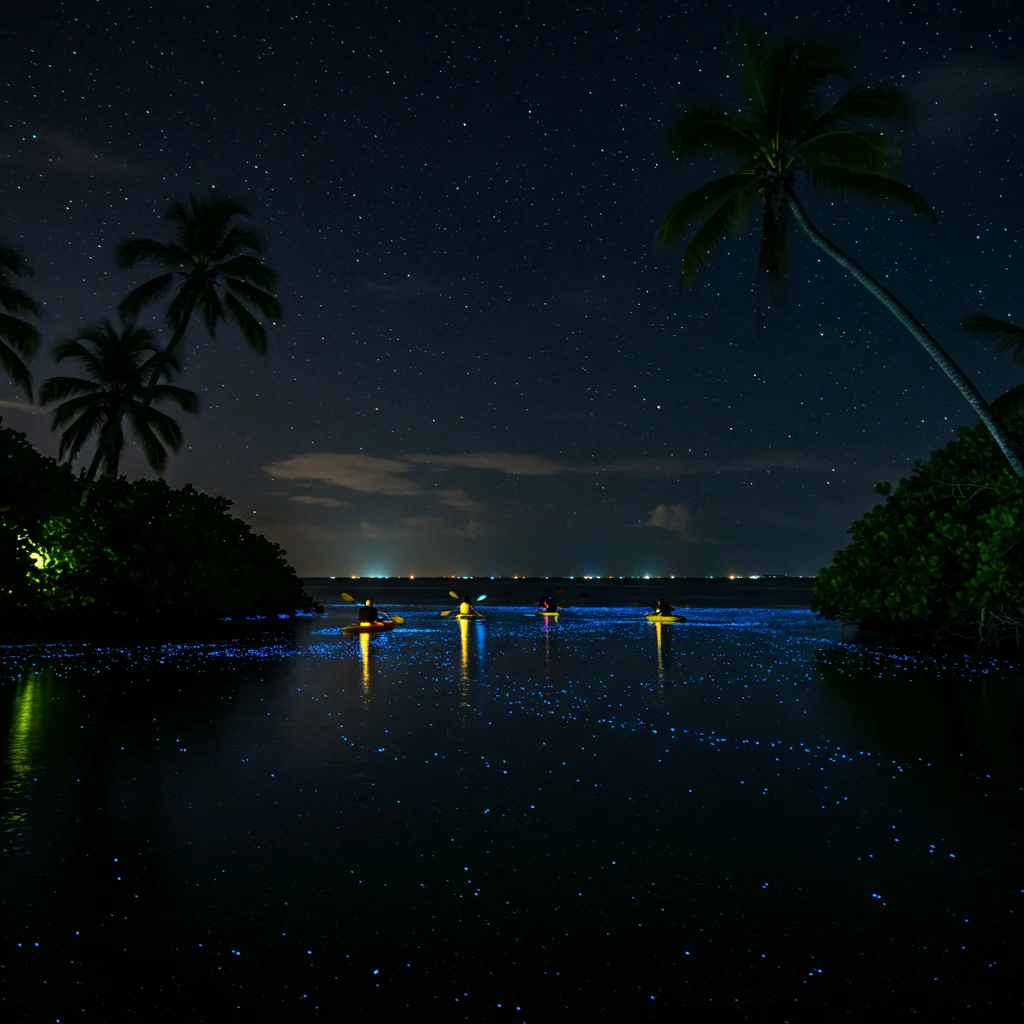
Share Your Bioluminescent Bay Experience
Have you felt the magic of Puerto Rico’s glowing waters? We encourage you to share your stories, tips, and photos with fellow travelers. Your experiences help inspire and inform others, creating a community of appreciation for these natural marvels.
